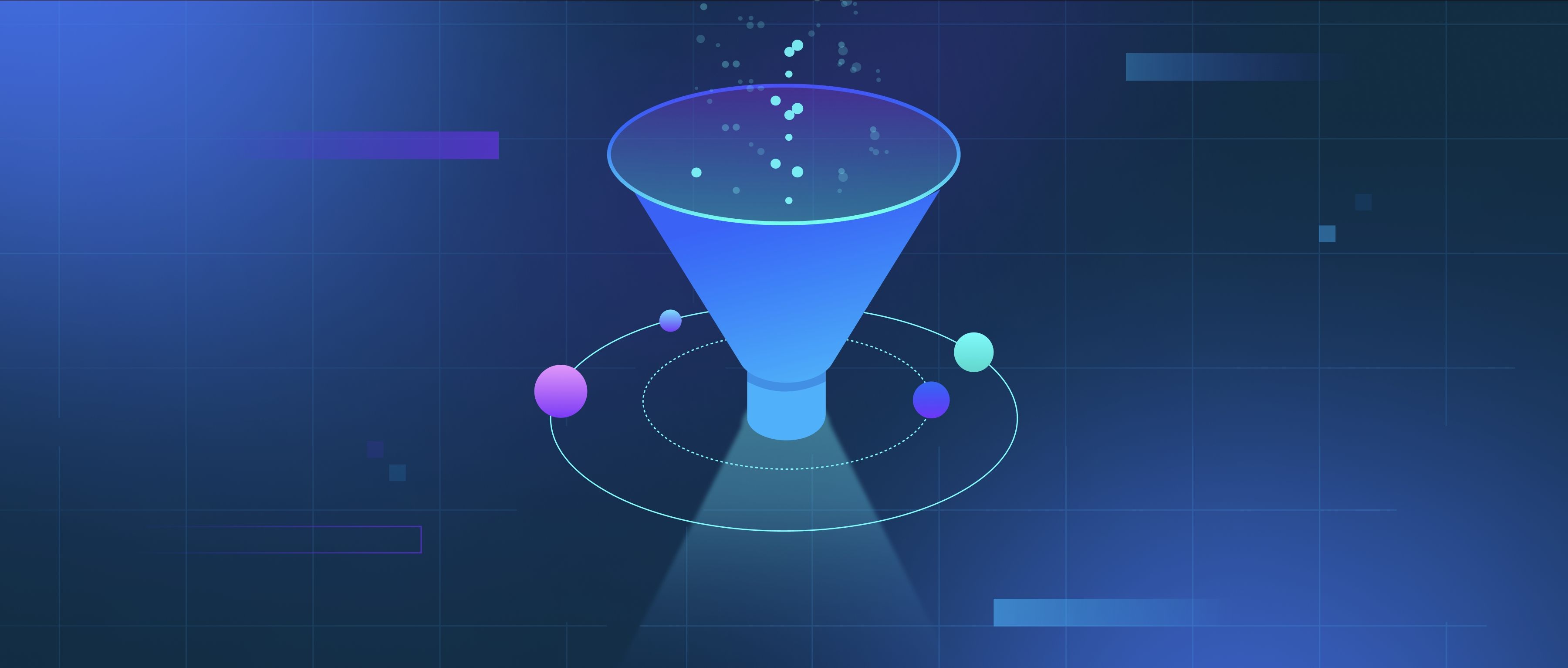Tracking an algorithm in real time involves monitoring its performance, resource usage, and output as it operates. This process typically starts with integrating logging and monitoring tools into the application. Libraries like TensorBoard, Prometheus, or custom dashboards can visualize metrics such as latency, accuracy, and error rates. Real-time data pipelines are often used to feed live data into the algorithm for continuous processing. In computer vision, for example, real-time tracking might involve processing video streams for object detection or tracking. Optimizing the algorithm to minimize latency and maximize throughput is crucial for real-time performance. This may include hardware acceleration with GPUs or FPGAs, efficient data structures, and parallel processing. Alerts and fail-safes are often implemented to detect anomalies and maintain reliability during real-time operations.
What is the process of tracking an algorithm in real time?

- How to Pick the Right Vector Database for Your Use Case
- GenAI Ecosystem
- Natural Language Processing (NLP) Basics
- Natural Language Processing (NLP) Advanced Guide
- Master Video AI
- All learn series →
Recommended AI Learn Series
VectorDB for GenAI Apps
Zilliz Cloud is a managed vector database perfect for building GenAI applications.
Try Zilliz Cloud for FreeKeep Reading
What is the difference between feedforward and recurrent neural networks?
Feedforward neural networks (FNNs) are the most basic type of neural network, where the data flows in one direction: fro
What is the role of phonetics in speech recognition?
Phonetics plays a crucial role in speech recognition by providing a foundational understanding of how sounds are produce
How do multimodal AI models adapt to new data types?
Multimodal AI models are designed to process and understand different types of data, such as text, images, and audio. To